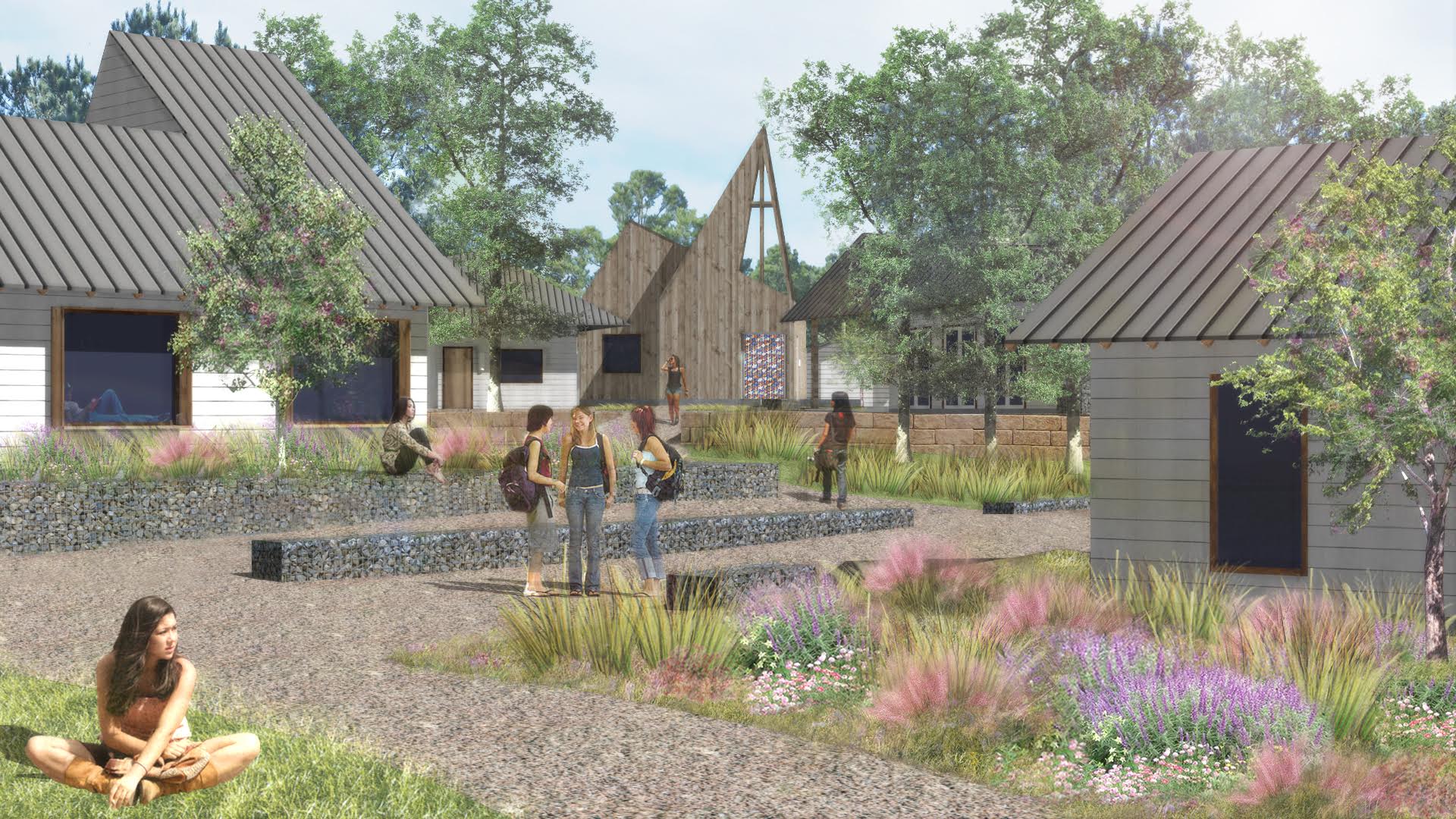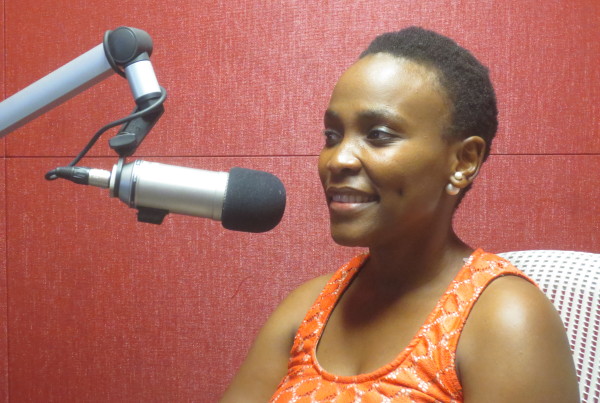This story contains experiences that may be disturbing to some listeners.
Late yesterday, a judge dropped all charges against a Texas woman who was arrested back in 2013 as part of a child sex trafficking ring. FBI agents had assumed that 20-year-old Veronica Melvin was a trafficker – but as the case developed they realized she was actually a victim – and had been for some time.
Texas is a hub for human trafficking crimes. Only California has more cases.
Now, as the the Texas Standard’s Joy Diaz reports, one Texan is opening a safe haven to help survivors find some peace.
Right now, when Bob Miljenovich, APD Human Trafficking rescues girls who have been trafficked in the sex trade – and it’s mostly girls – he has virtually no place to keep them safe. “We don’t have it – period,” he says.
So, where does he take them?
He locks them up in juvenile detention centers. “That’s the only secure facility we have to keep them safe and try to get them the counseling and the services they need to start directing them in a better direction,” he says.
Rescue operations take place at any hour of the day or night. If you were to put a pin in a map of all the locations in Texas where kids are being trafficked – you might run out of space. Miljenovich says no city in Texas is immune.
No neighborhood is immune.
Brooke Crowder decided to build a refuge for survivors, where they can get treatment and start the recovery process. It’s a ranch in Bastrop – and it does not resemble any institution.
When I ask to visit the ranch, Crowder says “No.”
“The primary reason is for security,” she says. “Security is probably the number one factor in not advertising – so that when the girls are on the property, they are not at risk.”
It’s not unheard of for traffickers to find and recapture victims.
Larry Megasson runs a re-location network. He finds places where survivors can stay. He says pimps track girls down because they see them as property. They even mark them – “brand” them – if you will.
“You’ll see it on the back of their neck where hair can cover that up. And if girls have short hair they put it on their shoulders or on their backs,” Megasson says. “So when they’re trading them or selling them they just scan the barcode and the property is exchanged.”
Dee Dee Olson was never branded because the person trafficking her for sex was her father.
“He would get paid,” Olson says. And also my cousins and my aunts who would take me into the brothels – they were also provided a fee.”
Olson says she was 4 when it all started.
She says at first, she would pass out in the hands of her father’s clients.
Olson says her dad was always in the room: “He would kiss me on my forehead, tuck me in and that communicated to me – in a non-verbal way – that I was a good girl.”
For years, the mere sight of a bed in a dark room induced panic.
That’s one of the reasons why Brooke Crowder was very specific about how the bedrooms in her ranch will look. “Like anything other than a hotel room,” she says. “Even just the idea of just having a small bedroom with a bed and everything you would normally have in a bedroom could be a trigger for memories that could be quite traumatic.”
It’s been a challenge to design – but renderings are ready. And “The Refuge” – the name of the ranch – will break ground next month. It is expected to house about 50 girls at a time. It will provide each with physical, emotional and spiritual healing through art, and even equine therapy. The refuge is scheduled to open next year.
If you, or someone you know is a victim of sex trafficking please contact the National Human Trafficking Resource Center or your local law enforcement.

















